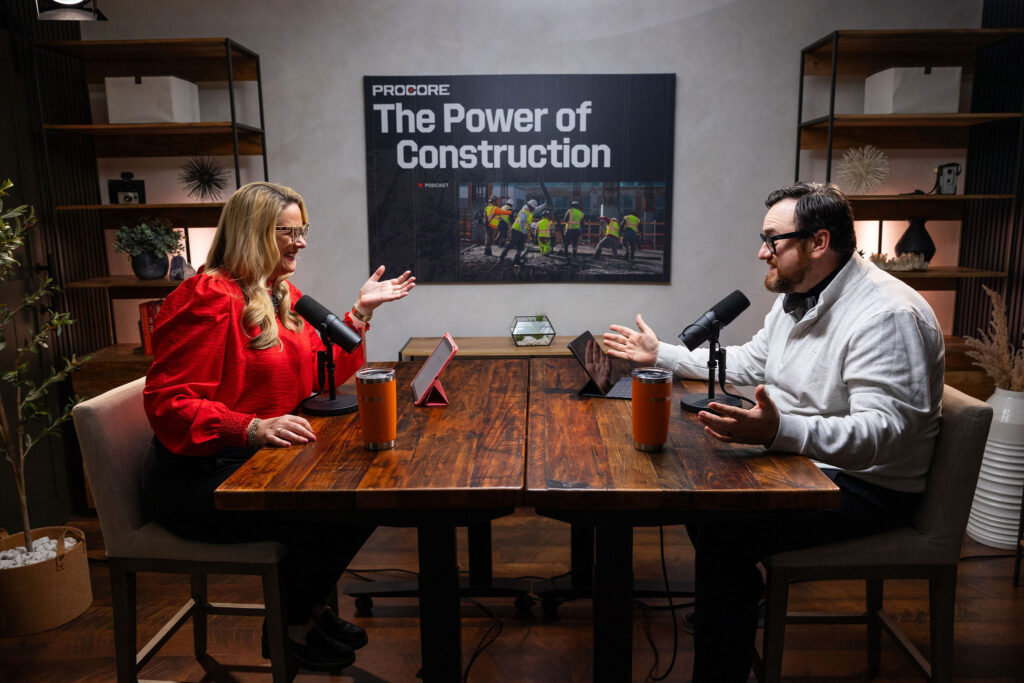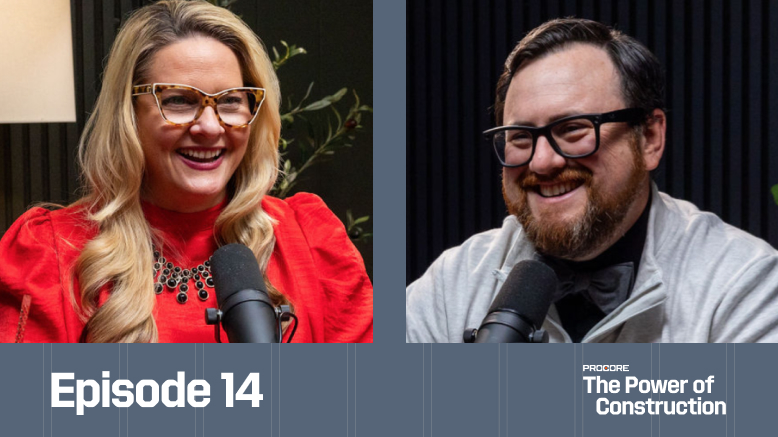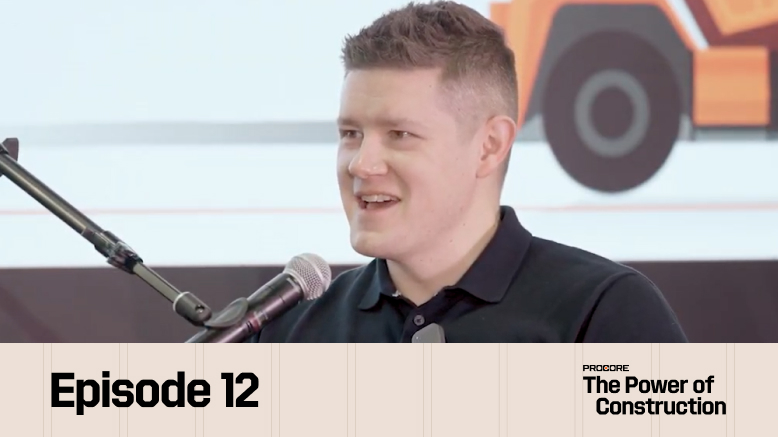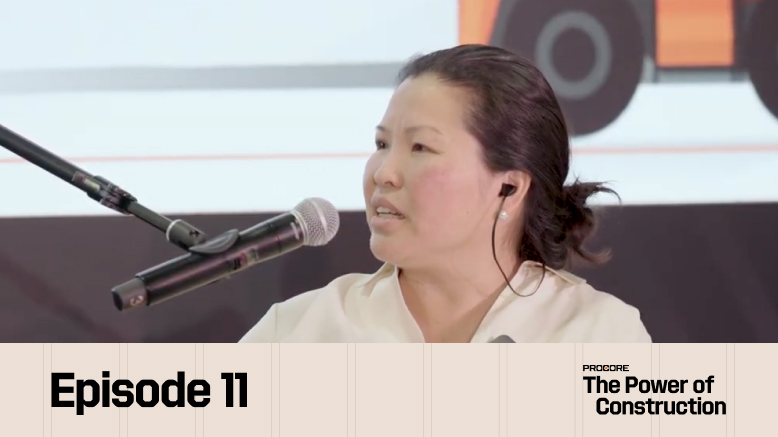The Great Disconnect: Jobs Without Workers
America has approximately 8 million open jobs that don't require a four-year degree, many in construction and skilled trades, yet millions remain unemployed. Mike Rowe points to an even more troubling statistic—7.4 million prime working-age men have "affirmatively decided" not to work at all.
This disconnect reveals a fundamental crisis in how society values different types of work and career paths.
From Entertainment to Advocacy: The Evolution of mikeroweWORKS
What began as the #1 show on Discovery Channel in 2008 evolved into a mission when the economy collapsed in 2009. The mikeroweWORKS Foundation started on Labor Day 2008 as a PR campaign for opportunities that didn't require four-year degrees, primarily in construction.
Since then, it has awarded over $12.2 million in work ethic scholarships while maintaining its core mission of changing perceptions about skilled work.
The Root of the Skills Gap: A Cultural Problem
Rowe identifies the skills gap not as a mystery but as "a reflection of what we value." The problem began with a higher education PR campaign that went too far—instead of simply promoting college education, it demonized alternatives by suggesting students would "get stuck" welding, plumbing, or in HVAC if they didn't get a degree.
This narrative persists despite the reality that many HVAC professionals earn six figures and set their own schedules.
The Math Behind the Crisis
The workforce shortage follows simple mathematics: for the last decade, five tradespeople have retired for every two entering the field. As baby boomers age out and the average age in construction continues to rise, the available talent pool shrinks exponentially.
This isn't a temporary adjustment—it's become "a clear and present existential threat" to critical industries.
National Security Implications: The BlueForge Alliance Call
Rowe shares a pivotal conversation with BlueForge Alliance, responsible for America's submarine industrial base—15,000 companies collectively building next-generation nuclear submarines. These vessels, longer than the Washington Monument and more critical than ever due to aircraft carrier vulnerabilities, require 100,000 skilled tradespeople over nine years.
When asked where these workers are, Rowe's answer was stark: "They're in the eighth grade."
The Guidance Counselor Problem
The conversation reveals a systemic issue: many guidance counselors are still incentivized to get students into four-year colleges rather than trade schools. This creates an upside-down incentive structure where the very people meant to guide students toward appropriate careers are financially motivated to ignore viable alternatives.
Success Stories from the Field
Rowe's foundation recipients provide compelling evidence of skilled trades' potential. Scholarship recipients who learned welding report diverse outcomes six years later: some underwater welding for six figures, others building businesses with multiple employees across trades.
The common thread isn't staying in one narrow box but using skills as a foundation for entrepreneurial growth.
The Entrepreneurial Formula
Rowe outlines a time-tested recipe for success: combine a willingness to learn in-demand skills with strong work ethic, entrepreneurial spirit, and willingness to travel. This formula has driven American prosperity since the republic's founding, yet it's been obscured by cultural narratives that devalue skilled work.
The Disconnect Between Available Jobs and Unemployment
Despite 8 million available jobs that don't require four-year degrees, widespread unemployment persists across America. This paradox highlights fundamental misalignments between cultural expectations, educational guidance, and economic reality in the skilled trades sector.
Cultural Stigmas Around Skilled Trades and Economic Impact
The systematic devaluation of skilled trades through educational messaging has created lasting cultural stigmas that prevent talented individuals from pursuing lucrative careers. These stigmas have direct economic consequences, from individual lost opportunities to national infrastructure challenges.
State-Level Success Stories and Regional Innovation
Certain states have pioneered innovative approaches to workforce development that buck national trends. These success stories demonstrate that policy changes and cultural shifts at the regional level can create meaningful change in skilled trades participation and economic outcomes.
The ESOP Revolution and Worker Ownership Models
Employee Stock Ownership Plans (ESOPs) represent an innovative approach to workforce retention and business succession planning in skilled trades. These models create pathways for workers to become owners, aligning incentives and creating sustainable career progression within traditional trades businesses.
Long-Term Consequences of Removing Shop Classes
The systematic removal of shop classes and vocational education from American schools has created generations disconnected from hands-on work and practical skills. This educational shift has contributed significantly to current workforce shortages and cultural devaluation of skilled trades.
Key Takeaways
This episode reveals that reviving America's workforce requires:
Cultural Narrative Change: Shifting from college-or-failure messaging to recognizing multiple pathways to prosperity.
Educational System Reform: Realigning guidance counselor incentives and reintroducing practical skills education.
Early Engagement: Reaching students in middle school before career prejudices become entrenched.
Success Story Amplification: Highlighting entrepreneurial outcomes and six-figure earning potential in skilled trades.
National Security Recognition: Understanding workforce shortages as critical infrastructure and defense issues.
Mathematical Reality: Addressing the 5:2 retirement-to-entry ratio through systematic intervention.
Work Ethic Scholarships: Providing financial incentives tied to character and commitment rather than just academic achievement.
Entrepreneurial Pathway Promotion: Demonstrating how skilled trades serve as foundations for business ownership.
Regional Innovation: Learning from states that have successfully reversed workforce decline trends.
Worker Ownership Models: Exploring ESOPs and similar structures that create long-term career incentives.
Mike Rowe and the mikeroweWORKS Foundation demonstrate that America's workforce crisis isn't inevitable—it's the result of cultural choices that can be changed through deliberate action. The conversation makes clear that this isn't just about filling jobs; it's about restoring dignity to essential work and creating pathways to prosperity that don't require four-year degrees.
As Rowe emphasizes, the entrepreneurial formula that built America—combining in-demand skills, work ethic, and willingness to travel—remains as relevant today as it was at the republic's founding. The question isn't whether these opportunities exist, but whether America will choose to value and pursue them.




